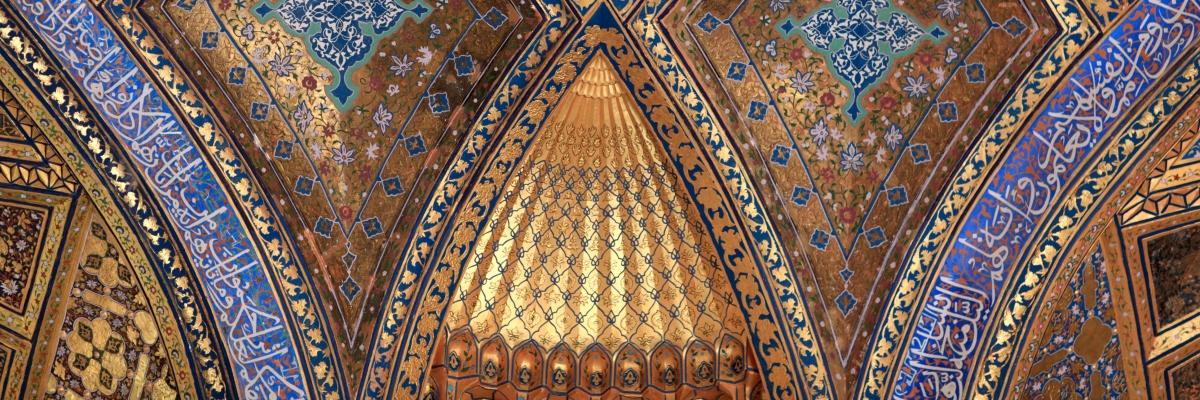
Basic information about Uzbekistan
Once part of the Turkic Khaganate and later Timurid Empires, the region which today includes the Republic of Uzbekistan was conquered in the early 16th century by nomads who spoke an Eastern Turkic language.
This region was subsequently incorporated into the Russian Empire in the 19th century, and in 1924 it became a bordered constituent republic of the Soviet Union, known as the Uzbek Soviet Socialist Republic (Uzbek SSR). It subsequently became the independent Republic of Uzbekistan on 31 August 1991 (officially, as of the following day).
Most of Uzbekistan's population today belong to the Uzbek ethnic group and speak Uzbek, a language belonging to the family of Turkic languages.
Capital and largest city: Tashkent (41°16′N 69°13′E)
Official languages: Uzbek
Recognised regional languages: Karakalpak
Ethnic groups:
81.1% Uzbek
5.4% Russian
4.0% Tajik
3.0% Kazakh
2.5% Karakalpak
1.5% Tatar
2.5% others
Independence from the Soviet Union: 1991
Area: 448 978 km2
Population: 30,185,000
Density: 61.4/km2
Currency: Uzbekistan som (O'zbekiston so'mi) (UZS)
Time zone: UZT (UTC+5)

